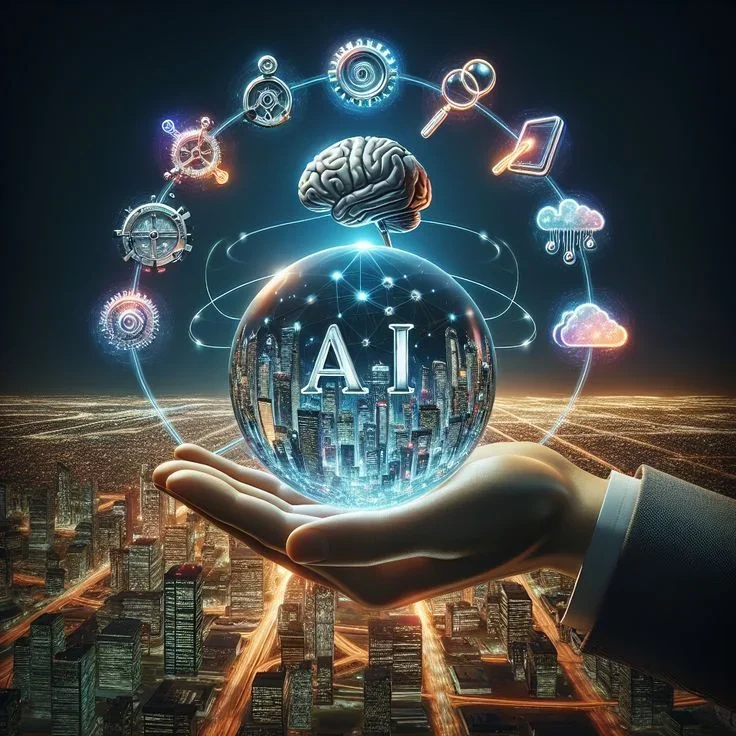The Future of AI: Key Trends, Benefits, and Challenges (2025-2029)
Introduction
Artificial Intelligence (AI) is advancing at a breakneck pace, reshaping industries, education, and daily life. Over the next 2-4 years, we’ll witness transformative developments—from smarter virtual assistants to breakthroughs in healthcare and automation. But with great power comes great responsibility. This article explores the benefits, challenges, and ethical considerations of AI’s near-term future.
1. Key AI Trends (2025-2029)
a) Generative AI Goes Mainstream
Tools like ChatGPT, Gemini, and Midjourney will become more refined, enabling hyper-personalized content creation, coding assistance, and even AI-generated movies.
Expect real-time AI collaboration in workplaces (e.g., drafting emails, designing presentations).
b) AI in Healthcare & Biotech
AI-driven drug discovery will accelerate, reducing development time from years to months.
Wearables will predict health issues (e.g., heart attacks) before symptoms appear.
c) Autonomous Systems & Robotics
Self-driving cars (Tesla, Waymo) will achieve Level 4 autonomy (near-full independence).
AI-powered drones for delivery and emergency response will expand.
d) AI-Powered Education
Personalized learning bots will adapt to students’ strengths/weaknesses in real time.
Universities may integrate AI teaching assistants for 24/7 tutoring.
2. Benefits of AI Advancements
✅ Efficiency Boost: Automation of repetitive tasks (data entry, customer service) frees up time for creative work.
✅ Medical Breakthroughs: Faster diagnoses, robotic surgeries, and personalized treatment plans.
✅ Democratization of Expertise: AI tutors, legal advisors, and coding assistants make high-level skills accessible.
✅ Climate & Sustainability: AI optimizes energy use, predicts disasters, and develops green tech.
3. Challenges & Ethical Concerns
⚠️ Job Disruption: Roles in customer service, content creation, and even law may shrink, requiring workforce reskilling.
⚠️ Deepfakes & Misinformation: AI-generated fake news and scams will challenge trust in media.
⚠️ Bias & Privacy Risks: If trained on flawed data, AI can perpetuate discrimination (e.g., hiring algorithms favoring certain demographics).
⚠️ Regulation Gaps: Governments will struggle to keep up with AI’s rapid evolution, risking misuse.
4. How to Prepare for an AI-Driven Future
For Students: Learn AI literacy (prompt engineering, ethics) alongside core subjects.
For Professionals: Upskill in AI-augmented tools (e.g., Copilot for coding, Canva’s AI design).
For Businesses: Invest in human-AI collaboration (e.g., AI handling analytics, humans strategizing).
Conclusion
The next 2-4 years will make AI more powerful—and more contentious. While it promises unprecedented efficiency and innovation, society must address ethical risks and inequality. The key? Adaptability. Those who embrace AI as a tool (not a replacement) will thrive in this new era.
Final Thought: "AI won’t replace humans—but humans using AI will replace those who don’t."

 ChuoSmart Notifications
ChuoSmart Notifications